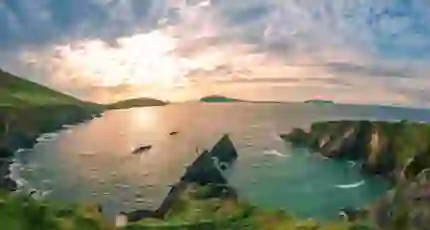
5 things couples argue about on holiday – and how to avoid them
From St Patrick himself to the legendary leprechaun, read on to find out our favourite Irish myths and the most fascinating legends.
Ireland is a fascinating, historic land steeped in ancient mythologies and age-old legends. Humans are thought to have inhabited what we know today as Ireland from around the 10th century BC onwards. During this period, numerous different groups left their indelible mark on Irish culture, especially the ancient art of storytelling.
Storytelling has always been a popular pastime in Ireland and has preserved famous myths that have developed over the millennia, from St Patrick himself to the legendary leprechaun. As the Irish emigrated around the world, these tales were kept alive through songs, tall tales and limericks.
Read on to find out our favourite Irish myths and legends.
Finn McCool and the Giant’s Causeway
Finn McCool is a ubiquitous figure in Irish mythology and was the son of Cumhall, leader of the Fianna warriors. Legend has it, that Finn McCool, who was also a giant, gained all the knowledge in the world when he mistakenly ate part of a magical salmon from the River Boyne.
According to the myth, Finn McCool created the Giant’s Causeway – a collection of around 40,000 interlocking basalt columns – so that he could cross the Irish Sea to Scotland, where he would go into battle with his nemesis, Benandonner.
Scientists, however, believe the Giant’s Causeway is more than 60 million years old and was created by rapidly cooling lava exuding from the ocean floor. However these stunning rock formations came to be, the Giant’s Causeway should be on every travel wish list.
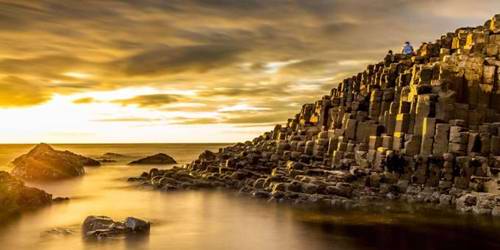
The Leprechaun
The leprechaun is perhaps the most famous of all Irish legends. A leprechaun is a type of fairy, measuring about 2–3 feet tall, typically described as a red-haired bearded man wearing a green waistcoat and hat, often smoking a pipe.
Traditionally, leprechauns were said to keep a pot of gold hidden at the end of a rainbow. If a leprechaun is captured by a human, legend says they must grant their captor three wishes in return for freedom.
Leprechauns are thought to have inhabited Ireland since the 8th century when tales of tiny water-dwellers began circulating among the Celts. Traditionally renowned for being mischievous, leprechauns are said to be tricksters that appear around St. Patrick’s Day, on March 17th.
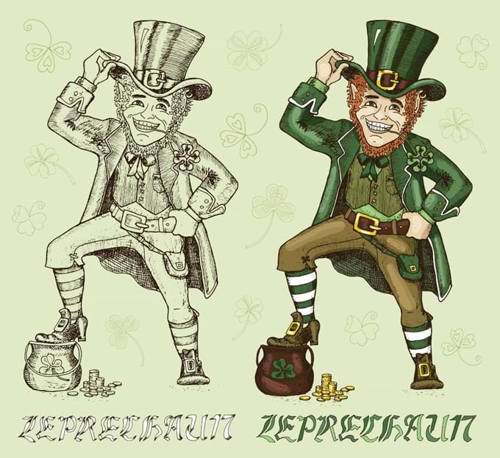
Patrick himself
Although acknowledged as a real-life figure, Ireland’s famous patron saint, St. Patrick, was certainly involved in many mythical tales. Patrick was a 5th-century Christian missionary, who was born in Roman Britain but went on to teach in Ireland. Legend credits Patrick with teaching the Irish people about the Holy Trinity, by using the three-leafed shamrock to illustrate his point.
Patrick is also believed to have banished the snakes from Ireland by delivering a sermon that drove the serpents into the sea. According to legend, Patrick invented the Celtic cross too: a combination of the Christian cross and a circle said to represent the sun.
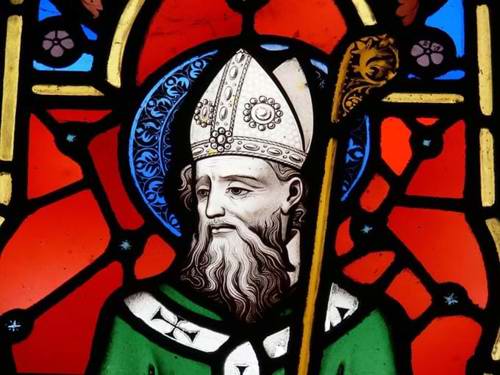
The Children of Lir
The Children of Lir is a post-Christian story that combines elements of magic with Christian morals. According to legend, there once lived a King called Lir, who was the ruler of the Irish Sea. Lir and his wife Eva had four children, but Eva died when the children were young. Soon after, King Lir remarried Eva’s sister, Aoife. Before long, Aoife became jealous of the children and her husband’s unflinching affection for them.
She hatched a dastardly plan and turned the children into swans for 900 years by casting a wicked spell whilst teaching them how to swim in a lake. When Lir found out what Aoife had done, he retaliated and turned her into an air demon for all eternity.
The arrival of Christianity to Ireland broke Aoife’s spell on the children: when they heard the local church bells ring out, they entered the church to investigate, and their feathers fell out and they turned back into children. This famous myth is said to be the inspiration for the famous ballet, Swan Lake.
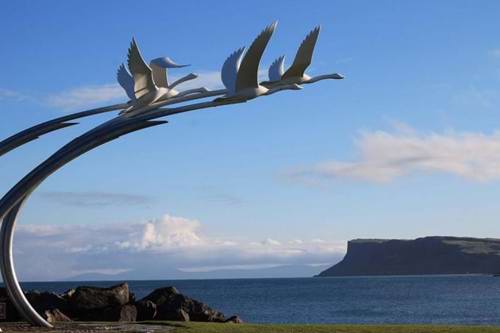
The harp
The harp is another symbol that is ubiquitous in Irish culture and forms part of the Republic of Ireland’s national emblem, along with the famous Guinness logo. According to Irish folklore, Cana Cludhmor invented the harp after arguing with her husband. She went for a walk to clear her head and was lulled to sleep on the beach by the sound of beautiful music.
Legend has it that when she woke the next morning, she realised the music she heard had been created by wind passing through the ribcage of a whale’s skeleton that had washed up on the beach and designed the harp based on this unique shape. The harp went on to enjoy a high status in Irish culture due to its mythical origins and the technical ability required to play it.
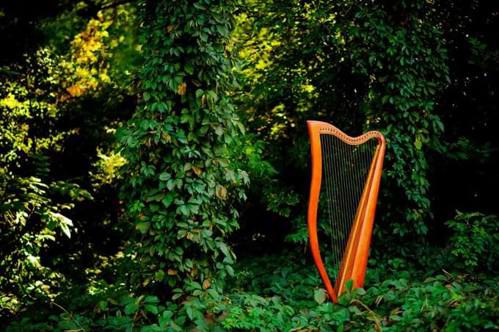
Dive into the fascinating legends of Ireland on a tour of the stunning nation. Browse our Ireland tours today.



